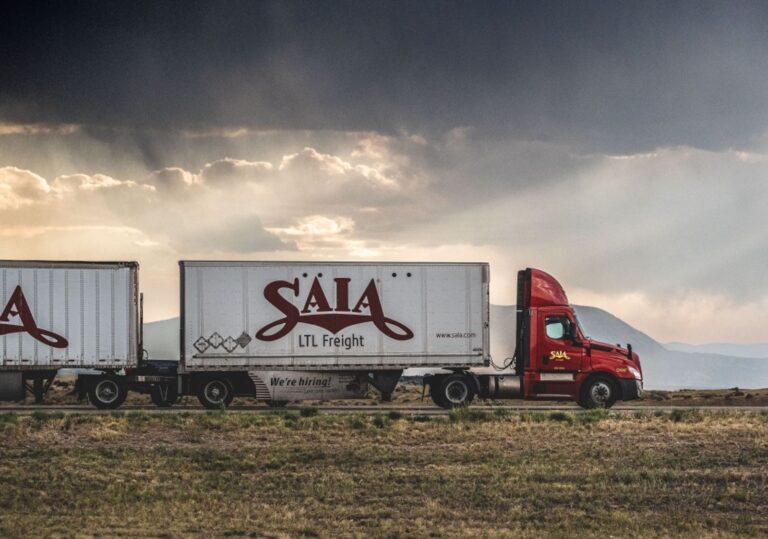Breaking Down the Frame: Key Structural Parts of an Aircraft
When we think of an aircraft, we often envision the sleek wings, roaring engines, or high-tech cockpit. But beneath these visible features lies an intricate skeleton—the structural airframe—that gives the aircraft its shape, strength, and the ability to withstand the forces of flight. Understanding these key structural parts is essential not only for engineers and aviation enthusiasts but also for anyone fascinated by the marvels of modern flight.
What Is the Airframe?
The airframe refers to the physical structure of an aircraft, excluding its propulsion system. This includes the fuselage, wings, empennage (tail assembly), landing gear, and flight control surfaces. Each of these components plays a specific role in ensuring the aircraft is stable, safe, and airworthy.
Let’s break down these major parts and their functions.
1. Fuselage: The Main Body
The fuselage is the central structure of the aircraft. It houses the cockpit, passenger cabin, and cargo hold, and serves as the attachment point for the wings and tail.
There are two primary types of fuselage construction:
- Truss Structure: Made from a framework of steel or aluminum tubes, often used in smaller aircraft.
- Monocoque or Semi-Monocoque Structure: These use the aircraft’s skin to bear loads, common in modern commercial and military aircraft. Semi-monocoque construction adds internal support with frames and stringers, providing added strength and durability.
2. Wings: Lift Generators
The wings are arguably the most recognizable part of an aircraft. They are responsible for generating lift and are typically attached to the fuselage at the center of gravity for optimal balance.
Wings consist of:
- Spars: The main structural members running lengthwise, taking most of the load.
- Ribs: Shaped frames that give the wing its aerodynamic contour.
- Stringers: Smaller components running parallel to spars to add reinforcement.
- Skin: The outer covering that contributes to strength and smooth airflow.
Depending on the aircraft, wings can be fixed or variable geometry (swing-wing), high or low-mounted, and may include features like flaps and ailerons to control lift and roll.
3. Empennage: The Tail Section
The empennage, or tail assembly, ensures stability and control in flight. It typically includes:
- Horizontal Stabilizer: Maintains pitch stability and may include an elevator for vertical control.
- Vertical Stabilizer: Maintains directional stability and includes the rudder for yaw control.
These components help keep the aircraft balanced and enable it to change direction safely
READ MORE : Experience the Road in Style: Why Luxury Car Rentals Are Worth It
4. Landing Gear: The Legs of the Aircraft
The landing gear supports the aircraft during takeoff, landing, and while on the ground. It bears the entire weight of the aircraft when it’s not airborne.
There are two main types:
- Tricycle Gear: One nose wheel and two main wheels, common in modern aircraft.
- Taildragger (Conventional Gear): Two main wheels and a smaller wheel or skid at the tail, used in older designs.
Landing gear may be fixed or retractable and often includes shock absorbers, brakes, and steering mechanisms.
5. Flight Control Surfaces: Steering in the Sky
These surfaces are built into the wings and empennage and allow pilots to control the aircraft’s movement:
- Ailerons: Located on the outer wings, control roll.
- Elevators: Attached to the horizontal stabilizer, control pitch.
- Rudder: Mounted on the vertical stabilizer, controls yaw.
- Flaps and Slats: Modify the wing’s shape during takeoff and landing to increase lift and control.
- Spoilers and Airbrakes: Help reduce speed and descent rate.
These surfaces are either manually operated or powered through hydraulic or electrical systems, allowing for precise maneuverability.
Material Matters: What Are Airframes Made Of?
Traditional airframes were made from wood and fabric, but today’s aircraft use advanced materials:
- Aluminum Alloys: Lightweight, strong, and corrosion-resistant.
- Titanium: Used in high-stress areas due to its strength and heat resistance.
- Carbon Fiber Composites: Found in newer aircraft like the Boeing 787 for even greater weight savings and fuel efficiency.
The choice of material affects the aircraft’s weight, fuel economy, and performance.
In Conclusion
The structural components of an aircraft go far beyond just metal and composite materials—they represent a remarkable feat of engineering that enables flight itself. From the precisely shaped wings that generate lift to the robust fuselage and finely tuned control surfaces, each part plays a critical role in maintaining safety, stability, and performance in the air.
Whether you’re an aspiring aerospace engineer, an aviation enthusiast, or simply interested in what keeps aircraft flying, gaining insight into airframe structures offers a deeper appreciation for every flight. And for those involved in fabrication or repair, processes like metal cutting in Utah are essential in shaping the precision components that make these complex machines possible.
Because in aviation, it’s not just the engines that count—it’s the carefully crafted frame that truly keeps everything together.







